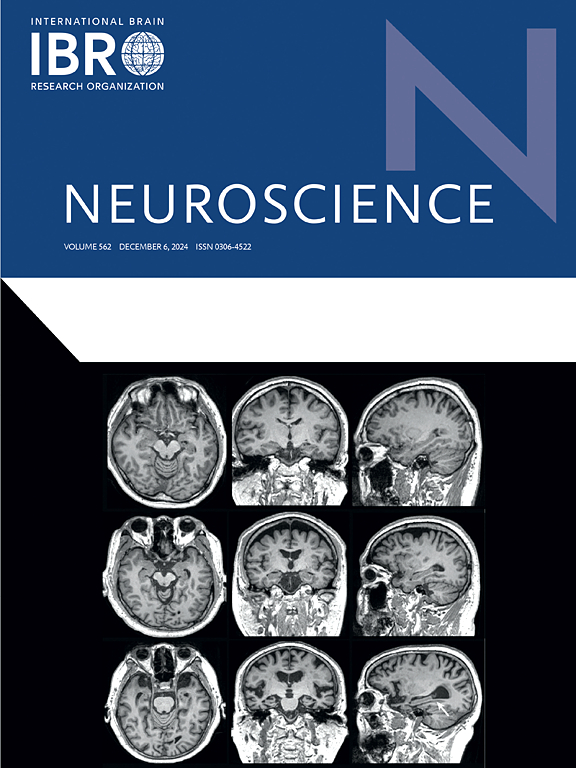IF 2.9
3区 医学
Q2 NEUROSCIENCES
引用次数: 0
摘要
手部侧向判断任务(HLJT)被认为是对操控运动图像能力的一种测量。生物力学限制 "效应(手部旋转到解剖学上困难的动作与生物力学上容易的动作相比,反应时间更长)被认为是使用运动图像的行为标志。之前的研究使用了不同的 HLJT 范式,而且该任务没有标准化的程序。我们在 PsychoPy2 中开发了一个开源、免费的 HLJT 版本,它不需要任何编程技巧,而且高度可定制。一些研究表明,用手对 HLJT 做出反应可能会干扰表现,这将限制该任务的实际应用。我们使用现场版和在线版对这一潜在问题进行了研究。在面对面版本中,40 名右足/惯用手者用双脚或双手完成了 HLJT 任务(各 20 人)。对于在线版本,60 名右撇子用双脚或单脚完成任务(各 20 人)。贝叶斯混合效应分析量化了现场版和在线版之间的等效性证据。两个版本都复制了之前描述过的行为现象,包括角度、手部视图和 "生物力学限制 "效应的影响。虽然使用不同的效应器做出反应会改变总体反应时间,但它与分析的其他因素没有相互作用,也不影响准确性或 "生物力学限制 "效应。还有证据表明,在所有测量中,现场组和在线双臂组之间都是等效的。我们得出结论:这一开源、标准化的 HLJT 协议(可在 https://osf.io/8h7ec/ 上获取)可以可靠地检测出之前确定的效应,并且在面对面或在线的情况下同样有效。本文章由计算机程序翻译,如有差异,请以英文原文为准。

Development and validation of an open-source hand laterality judgement task for in-person and online studies
The Hand Laterality Judgement Task (HLJT) is considered a measure of the ability to manipulate motor images. The ‘biomechanical constraints’ effect (longer reaction times for hand rotations towards anatomically difficult versus biomechanically easier movements) is considered the behavioural hallmark indicating motor imagery is being used. Previous work has used diverse HLJT paradigms, and there is no standardized procedure for the task. We developed an open-source, freely available version of the HLJT in PsychoPy2, which needs no programming skills and is highly customisable. Some studies suggest responding to the HLJT with the hands may interfere with performance, which would limit practical application of the task. We examined this potential issue using in-person and online versions. For the in-person version, 40 right-footed/handed individuals performed the HLJT with their feet or bimanually (N = 20 each). For the online version, 60 right-handed individuals performed the task bimanually or unimanually (N = 20 each). Bayesian mixed-effect analyses quantified the evidence for and against equivalence within and between the in-person and online versions. Both versions replicated previously described behavioural phenomena, including effects of angle, hand view, and the ‘biomechanical constraints’ effect. While responding with different effectors modified overall reaction times, it did not interact with other factors analysed, and did not affect accuracy or the ‘biomechanical constraints’ effect. There was also evidence for equivalence between in-person and online bimanual groups for all measures. We conclude that this open-source, standardized HLJT protocol (available at https://osf.io/8h7ec/) can reliably detect previously identified effects and works equally well in-person or online.
求助全文
通过发布文献求助,成功后即可免费获取论文全文。
去求助
来源期刊

Neuroscience
医学-神经科学
CiteScore
6.20
自引率
0.00%
发文量
394
审稿时长
52 days
期刊介绍:
Neuroscience publishes papers describing the results of original research on any aspect of the scientific study of the nervous system. Any paper, however short, will be considered for publication provided that it reports significant, new and carefully confirmed findings with full experimental details.
 求助内容:
求助内容: 应助结果提醒方式:
应助结果提醒方式:


